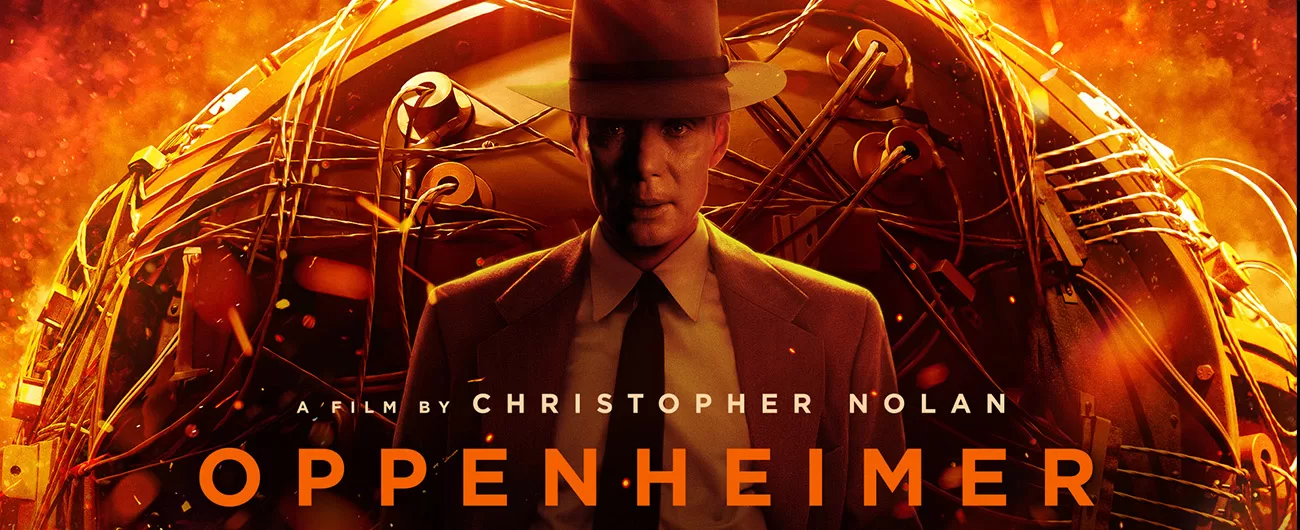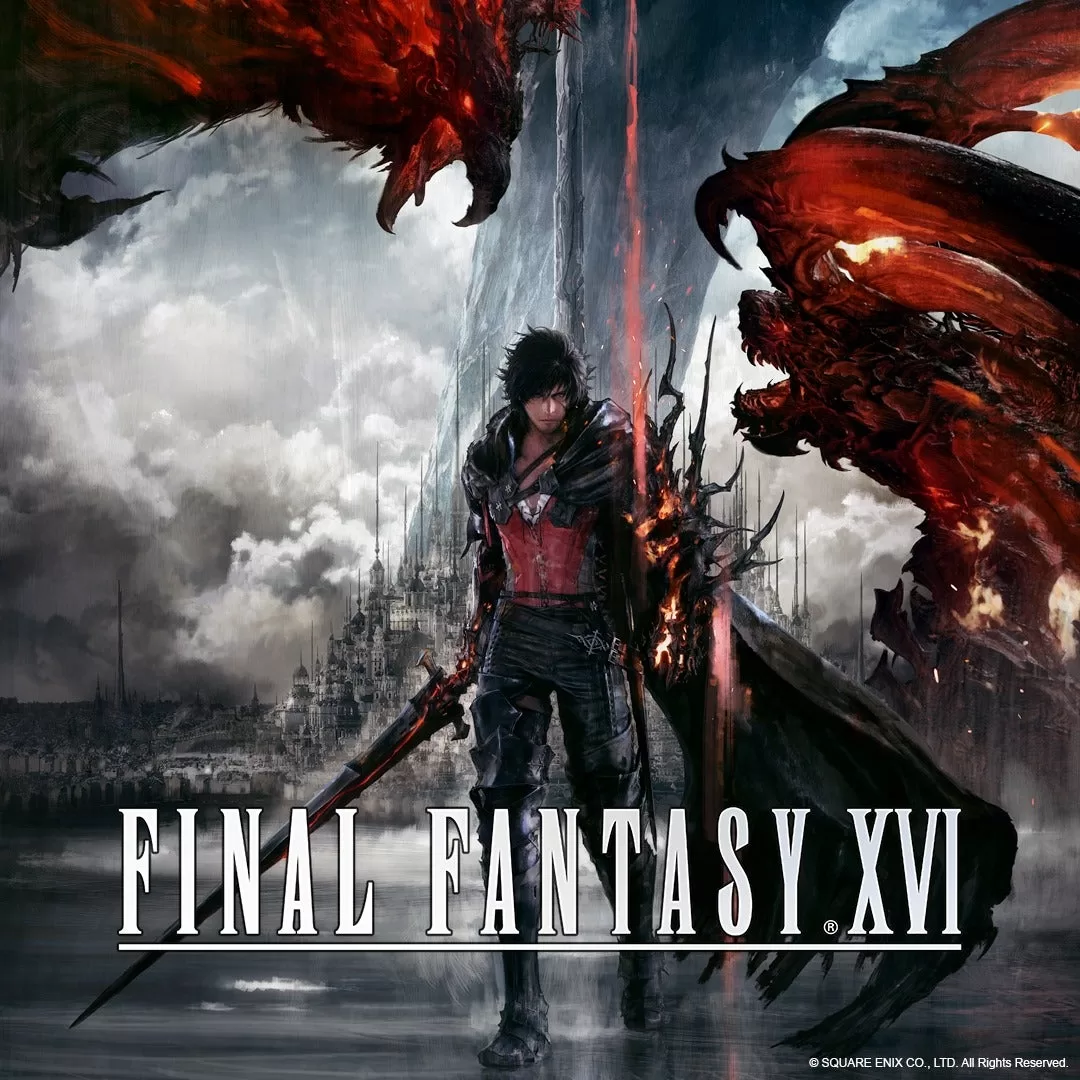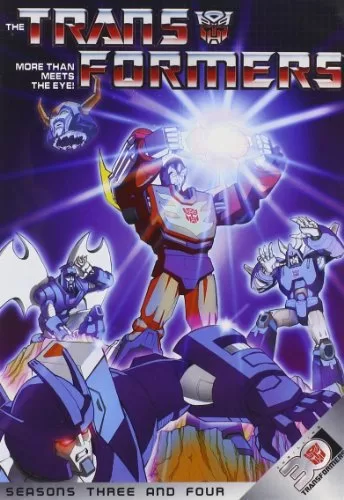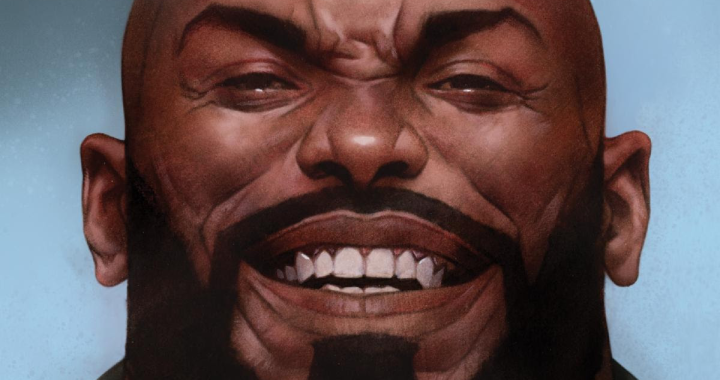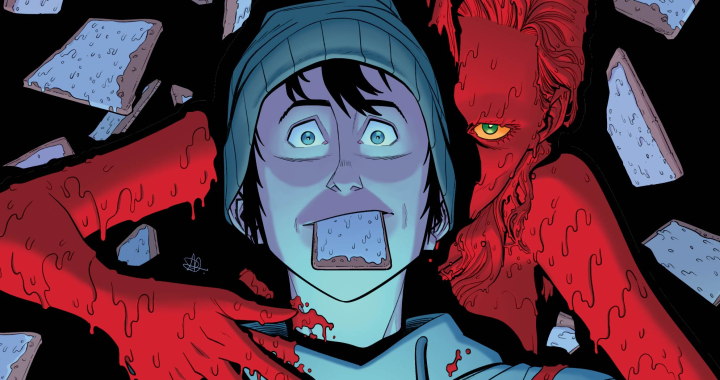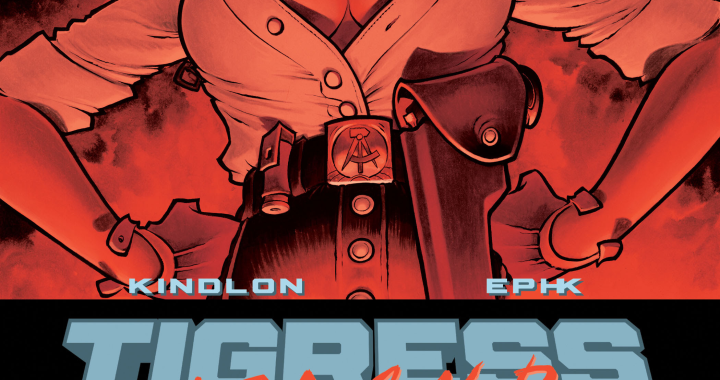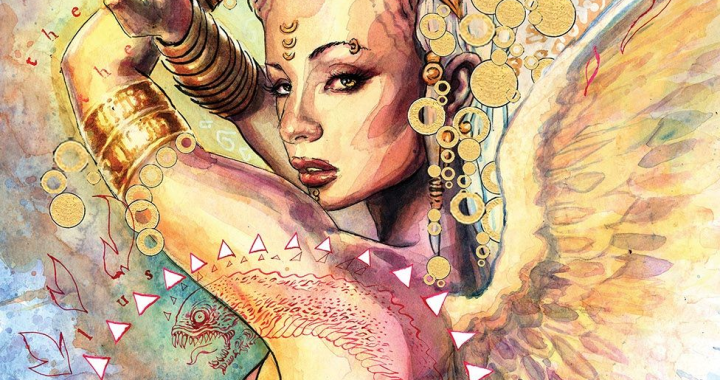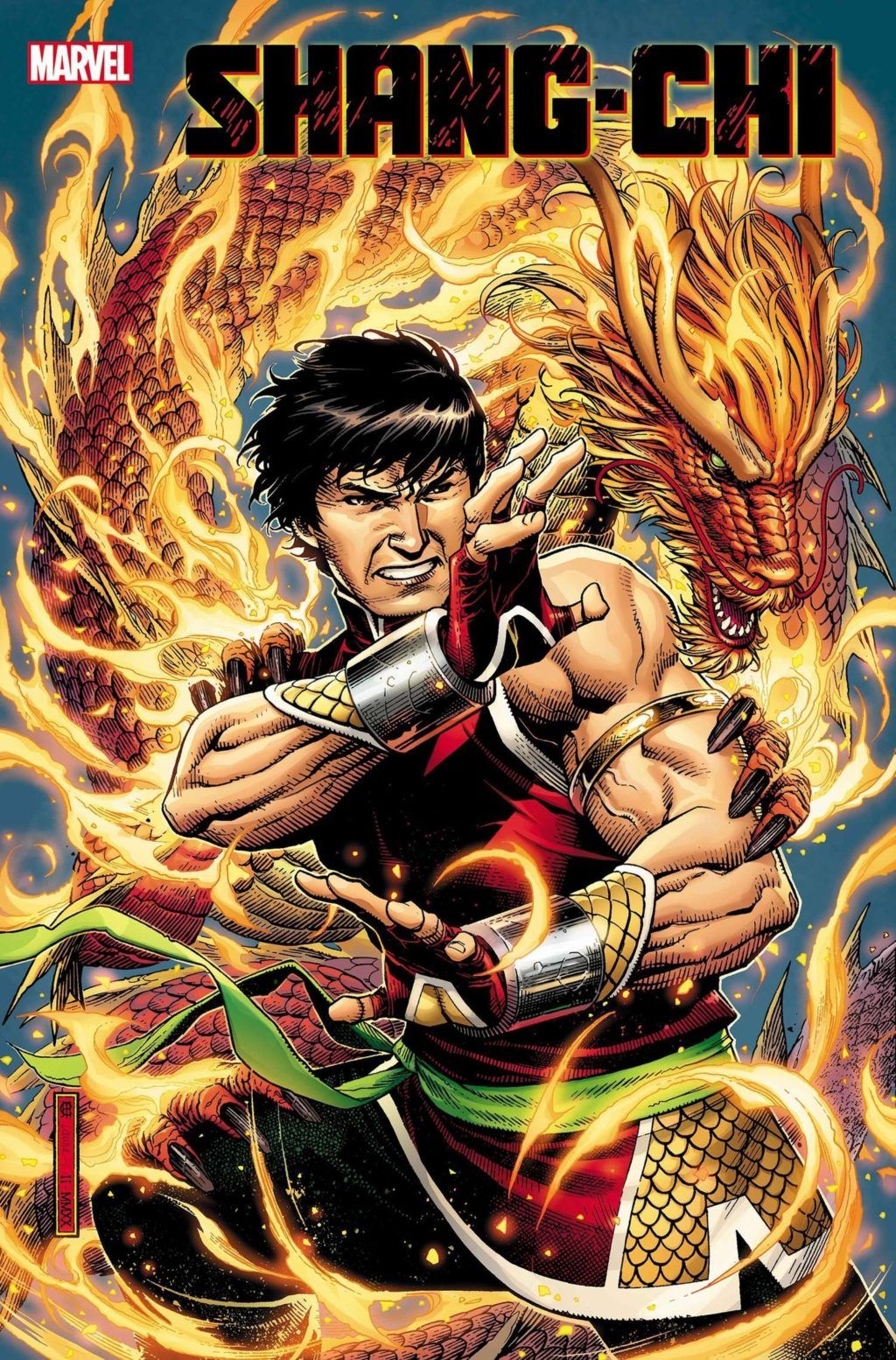
ADVANCE REVIEW: Shang-Chi #1

Although my comics reading has been somewhat sparse this year for various reasons, I“ve been genuinely interested and excited about Marvel“s new Shang-Chi series. Shang-Chi is one of my favorite “hidden gem”“ characters at Marvel, mainly because of the classic work of Doug Moench and Paul Gulacy. Shang may have started life as a Bruce Lee inspired character, but he evolved into a warrior poet trying to find peace and an escape from the spy games he was always enmeshed in. Gene Luen Yang always struck me as the perfect writer for this character, based mainly on the strength of his work on New Super-Man and the Justice League of China at DC. Yang is a writer who understands comics history while also bringing in a deep grasp of Eastern culture, and Shang-Chi is the perfect character to play to those strengths. This issue does not disappoint in the slightest, and fans of the Master of Kung Fu will find much to enjoy within these pages.
The cover is more than serviceable, and while it is not a captivating cover, it is a good representation of what Shang-Chi is as a character. Jim Cheung is an artist I enjoy and remember fondly from his X-Force and Scion days, and he“s grown quite nicely since then. Shang is presented with a strong action pose, making him look every inch the great martial arts master that he should be. The elements of Chinese mythology are symbolically represented with the golden dragon behind Shang, even though there is a generic flavor to the way it“s shown. I tend to prefer covers that give a sense of what“s going on between the covers, and unfortunately, there“s none of that here. It“s very much a sense of Shang-Chi in action, but it gets across the kind of hero that he is, if not the story he“s involved in. As a whole, Cheung“s cover works well enough and gets across what the book is about.
The main draw to this book is Gene Luen Yang as the series writer, and he delivers everything I“d expect from him on Shang-Chi. The majority of the issue centers on the background of the Five Weapons Society, the cult previously ruled by Fu Manchu (here referred to as Zheng Zu for legal reasons). Yang draws on his knowledge of Chinese history and culture to deepen the world that Shang-Chi comes from, building an interesting mythology around the Five Weapons Society. However, the strongest elements Yang brings in are the human elements, explaining why Shang-Chi is the way he is with a simple line of dialogue. Because Yang understands this culture so well, he uses that understanding to inform Shang“s character in ways that most Western writers likely wouldn“t think of. At the same time, this Shang-Chi is the same Shang we“ve always known””he“s a man struggling to find peace and a normal life amidst the games of deceit and death. His past always follows him, no matter where he goes, whether it“s old flames, or the legacy of his evil father. At the same time, I like the supporting cast that Yang is building around Shang-Chi, mixing old with new. Shang“s attempts to build a new life for himself are also threatened quickly, shattering the peace he desires so much. Yang grasps the essence of the character that has always existed, but his own cultural influences make the world of Shang-Chi much more interesting. The villain of the piece also is promising as well, though it“s too soon to be certain how effective a rival she“ll be for the Master of Kung Fu. In any case, I look forward to finding out where Yang will take the story next, because I“m fascinated by where this story is going thus far.
The interior artwork is divided between two artists: Philip Tan illustrates the flashback sequences, while Dike Ruan handles the storytelling in the present day. The problem with having multiple artists on a single issue is that often it ends up with the comic looking disjointed, especially if the styles are drastically different. Fortunately, this issue doesn“t fall into that trap, and it does so for two main reasons. In the first place, the two artists were assigned two very different kinds of scenes with two different settings. Because Tan“s scenes are set hundreds of years in the past, there“s a license for the flashbacks to look a bit different, especially since the main character is not involved with the flashbacks. Tan has license to strut his stuff a bit more visually, and he does a good job of capturing the historical Chinese elements of those scenes. I find Tan“s work to be a bit scratchy, but it“s more controlled here and focused in a way that works for the historical Chinese setting. Secondly, Ruan“s style is not that different from Tan“s visually, and so there“s not any kind of abrupt cut between the past and present-day scenes. Ruan is an artist that I regrettably haven“t followed before, but his approach captures the tone of Yang“s story quite well. The artwork is fluid during the action scenes, and the quiet scenes have a playful flair to them that work for the lighter moments. The depiction of Chinatown is likewise credible, giving a solid sense of place to the action. There are panels where the backgrounds are a little too sparse, focusing more on foreground characters, but these aren“t too frequent. There is a heavy reliance on speed lines in the action scenes, but there are some good splash pages that come out of it. It“s a book that generally looks good and makes Yang“s story look good, and on that level, Tan and Ruan succeed quite well in this debut issue.
The coloring and lettering work helps to contribute to the look of the series. Lettering is largely an invisible art, in most cases masking the presence of the letterer, and that is the case here. Travis Lanham should be credited for keeping the text on a subtle level, especially given how text-heavy Yang“s scripts often tend to be. The writing includes first-person narrative captions, a fair amount of dialogue, and other background elements, yet the balloon and text placement gives plenty of room for the art to breathe in each panel. The action flows quite well between all the words, contributing to a nice visual balance. Sebastian Cheng also does some strong work on the coloring front, taking a slightly different tone to the flashbacks than to the present-day scenes. When a certain classic character makes a brief appearance, the sharpness of the coloring and the lighting helps to sell that moment. The lighting and background coloring also helps to bring life to the action scenes, using hot tones to show the intensity of the martial arts panels. The overall result raises the level of each page, blending the individual elements into a strong, coherent whole.
As a longtime fan of the Master of Kung Fu, I“m more than satisfied with the start of this series. If you“ve enjoyed past Shang-Chi series, you should get enjoyment from this series. If you“ve enjoyed Gene Yang“s work at DC and hope to see what he“s capable of at Marvel, you should likewise get a satisfying reading experience from this issue. If you“re new to this character and want to get a sense of who Shang-Chi is before the movie arrives, this is a good place to start. Regardless, I strongly suggest not missing out on Shang-Chi, because this could end up as one of Marvel“s stronger books in the months to come.
Score: 4.5/5
Writer: Gene Luen Yang
Artists: Dike Ruan and Philip Tan
Colorist: Sebastian Cheng
Letterer: Travis Lanham
Author Profile
- Steve Sellers had been a fan of superheroes ever since Superman: The Movie. But it took the JSA, the Legion of Super-Heroes, Dragonlance, Lord of the Rings, Twilight Zone, and Chris Claremont's legendary run on the X-Men to make him a writer and a longtime fan of comics, fantasy, and science fiction. Steve is the co-creator of WHITE DRUID & MICHAEL NERO and GUARDIANS OF ELAYIM for Omen Comics, and he is also the creator of BLITZ and SHOCKWAVE for Revelation Comics (an imprint of Omen Comics).

